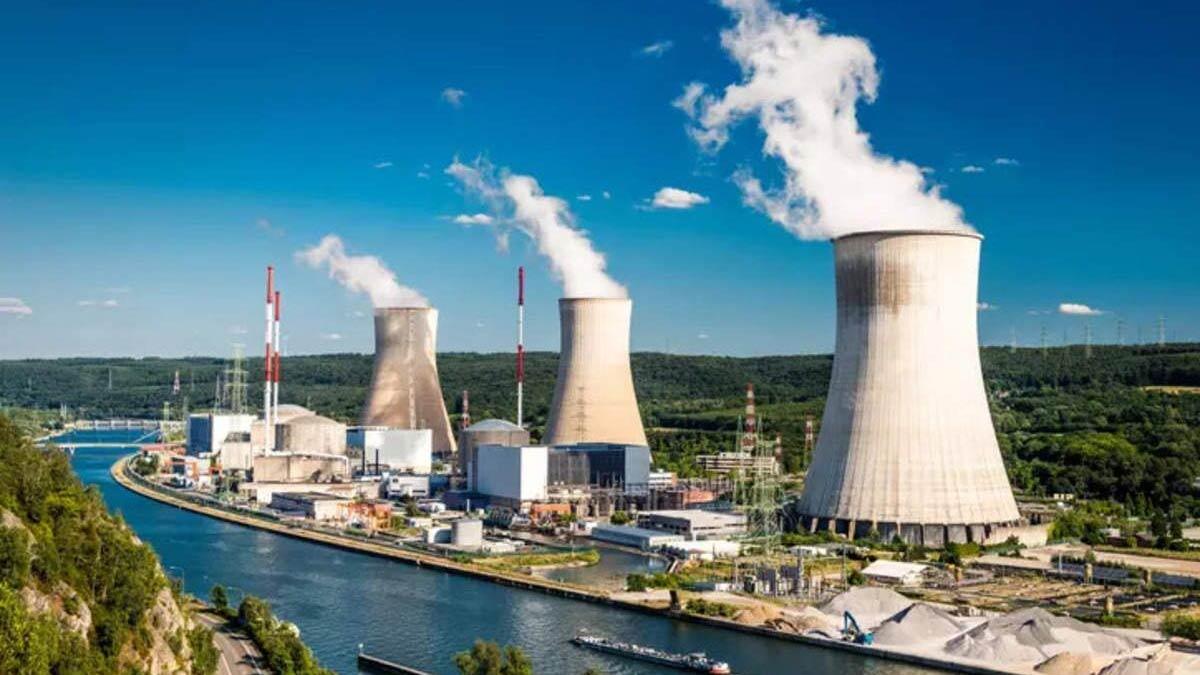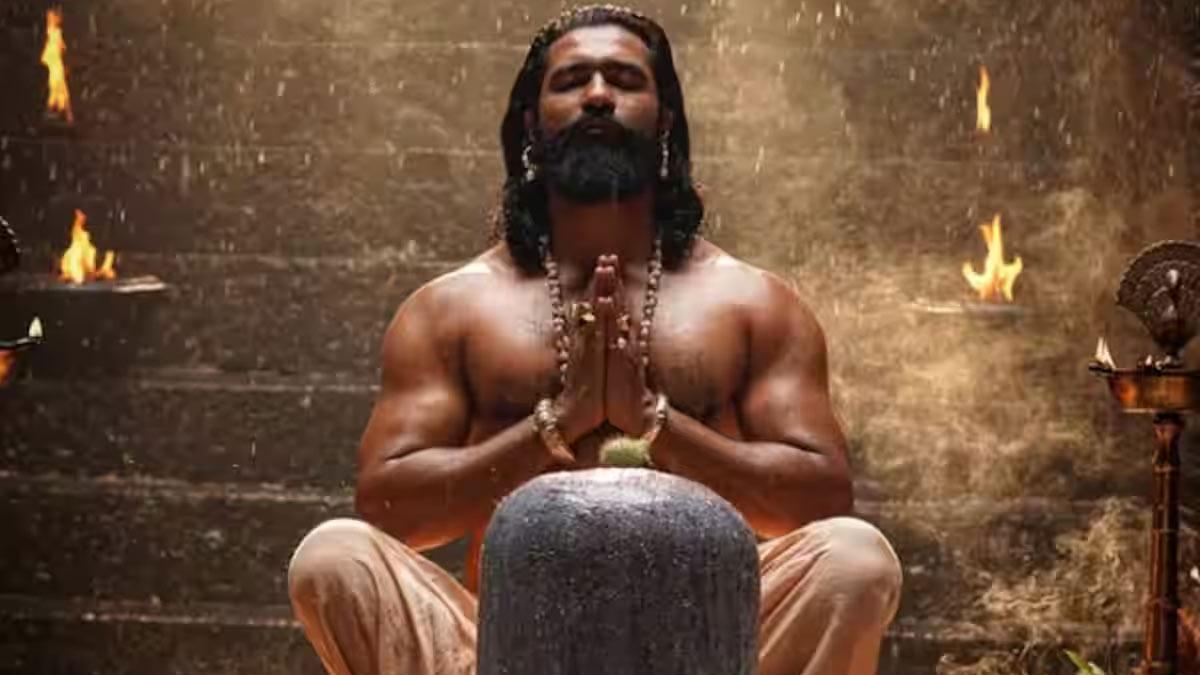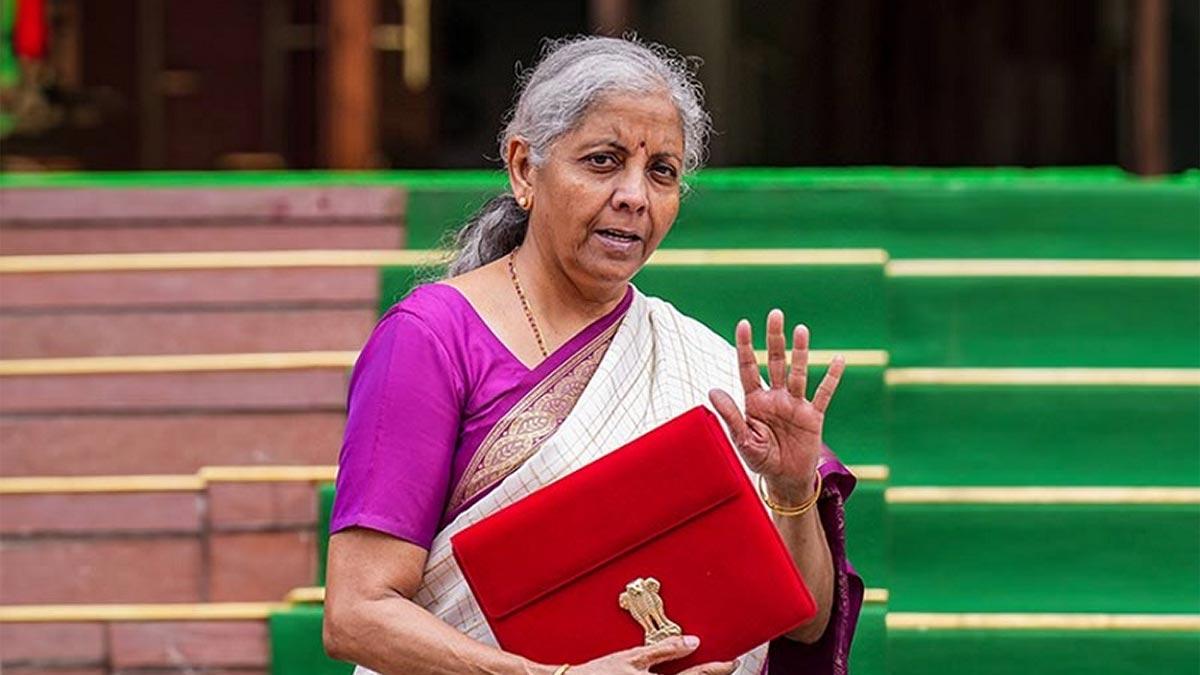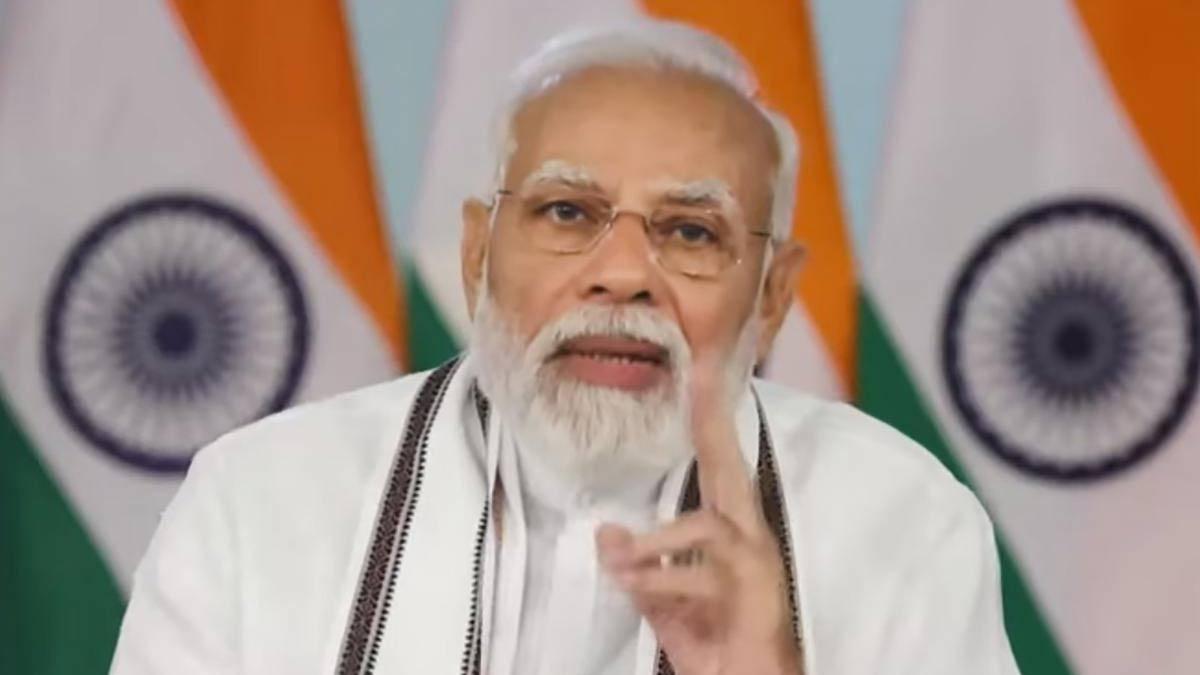India’s nuclear sector has grown significantly over the last ten years from 4,780 MW in 2014 to 8,180 MW in 2024 and is poised to accelerate further after agreements signed during Prime Minister Narendra Modi’s visit to France backed by a stepped-up allocation in the Union Budget.
For speeding up small modular nuclear (SMR) development, Rs 20,000 crore has been provided in the 2025-26 Union Budget, with a goal of designing and operationalizing at least five indigenous SMRs by 2033.
India and France have entered into an agreement to collaborate in the development of SMR reactors, which are the next big thing revolutionizing the mode of deployment of nuclear power.
PM Modi and French President Emmanuel Macron also stressed the significance of nuclear energy in enhancing energy security and the shift towards a low-carbon economy.
India and France have also collaborated for the Jaitapur Nuclear Power Plant that is going to be the world's largest nuclear power station, producing up to 10 GW of electricity.
Apart from this, PM Modi will also reportedly touch upon the possibility of nuclear investments by US companies during his ongoing visit to Washington.
India possesses a massive thorium advantage to drive its nuclear energy forward in the long run. The nation possesses 21 per cent of the global thorium reserve, which makes it one of the resource-rich countries to drive future nuclear energy.
India is also at the forefront of the international drive towards nuclear fusion, a revolutionary technology that has the potential to deliver limitless, clean energy without long-term radioactive waste.
As a full member of the International Thermonuclear Experimental Reactor (ITER) project, India pays 9 per cent of the cost of the project and is an active participant in research and engineering. Prime Minister Modi and President Macron, together, toured the International Thermonuclear Experimental Reactor [ITER] at Cadarache in France this week.
This was the first ever visit by any Head of State or Head of Government to ITER – one of the world's most ambitious fusion energy projects today.
During the visit, the leaders appreciated ITER's progress, such as the construction of the world's largest Tokamak, where eventually 500 MW of fusion energy will be generated by producing, containing and controlling burning plasma.
The leaders also valued the commitment of the ITER engineers and scientists involved in the project. India is one of the seven ITER members that have been contributing to the project for the past two decades.
Approximately 200 Indian scientists and associates, along with prominent industry players like L&T, Inox India, TCS, TCE, HCL Technologies, among others, are involved in the ITER project. India's nuclear energy is growing fast, driving economic growth, lowering the reliance on fossil fuels and enhancing energy security.
With a growing emphasis on indigenous technology, cutting-edge reactors and international collaborations, India is laying the foundation for a cleaner and more independent energy future, an official statement said.
Read also| Trump Announces 'Fair, Reciprocal' Tariff Plan Without Immediate Implementation
Read also| QIP Fundraising Hits Record High in India, Real Estate Leads with ₹22,320 Cr in 2024


















